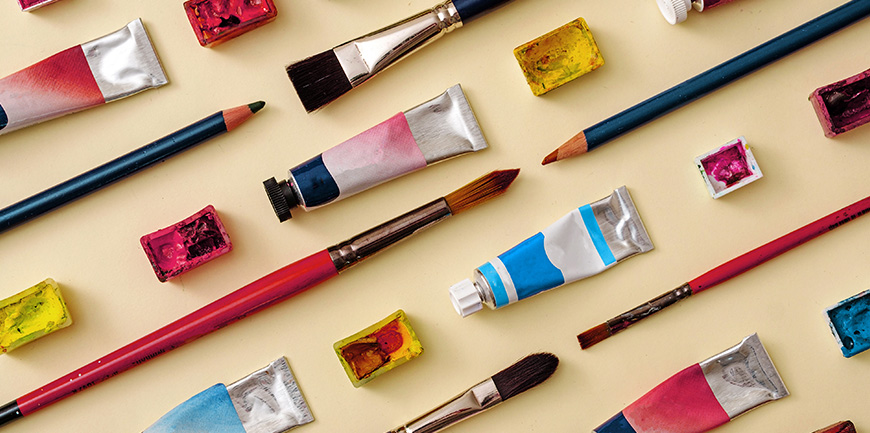
I have good news. It seems the number of beginner artists is increasing. This despite the digital age we live in is something of an achievement.

I have good news. It seems the number of beginner artists is increasing. This despite the digital age we live in is something of an achievement.

Some of us here at Artsavingsclub are compulsive fidgeters. While stress balls and fidget toys have their place in the world, we work with art supplies all day every day, so it’s only natural that we find a way to keep our hands occupied with them… And we aren’t referring to drawing or writing.

I love colour – I love the different hues and variations and the way the colours in a box set of pencils or pastels move from one to the next. As a child, I would repack my crayons over and over trying to work out the best way for them to seamlessly move from red to blue to green. I admit though that it wasn’t until I listened to a podcast interview with Gamblin founder Robert Gamblin about his search for a Flake White Replacement that I became intrigued with pigments.

Pro-level drafting tools can often be painfully expensive, or so specialised that they can be difficult to obtain (especially in South Africa). Luckily, there are some gems that are both affordable, and likely to be in your favourite artist’s pencil bag too. Case in point, the Sakura Pigma Micron.

The nerdy nerd in my loves learning new things, but life has become so busy that time-management has somehow been overtaken by multitasking in an effort to gain some minutes. My previous love for reading has dwindled to listening to audiobooks while I draw. Well, that was the case until a good friend introduced me to podcasts.
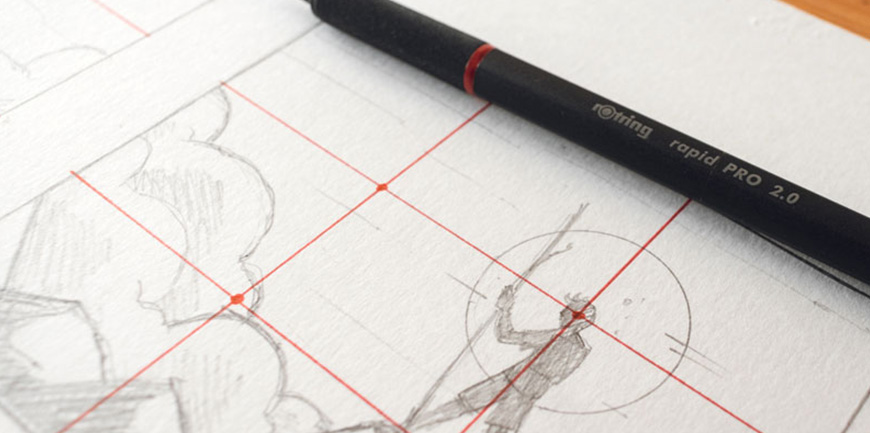
You have probably already heard of the rule of thirds before. If not, you may have wondered why cameras (including your phone camera) often have visual guides that divide the image into thirds. These dividing lines run horizontally and vertically creating a grid made up of nine even blocks.

Pastel pencils changed my way of thinking about creating and allowed me a lot of freedom, but I confess that I’ve always been a little reserved about trying soft pastels. My childhood memory of pastels involves chalky dust everywhere and a lack of control I was hesitant to repeat.
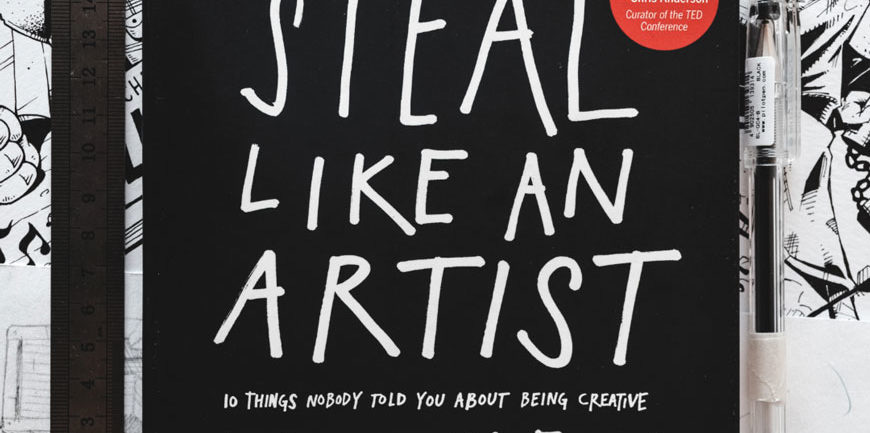
Stealing is bad right? Well, yes, but there’s more to it, says Austin Kleon – award winning book author. His book “Steal like an Artist” is a New York Times Bestseller, and has inspired millions of artists worldwide. Filled with fun doodles and quirky diagrams, this small book is a fairly quick read, but with a lasting impact. It will provide you with tools and insights that will stick with you throughout your entire creative journey.
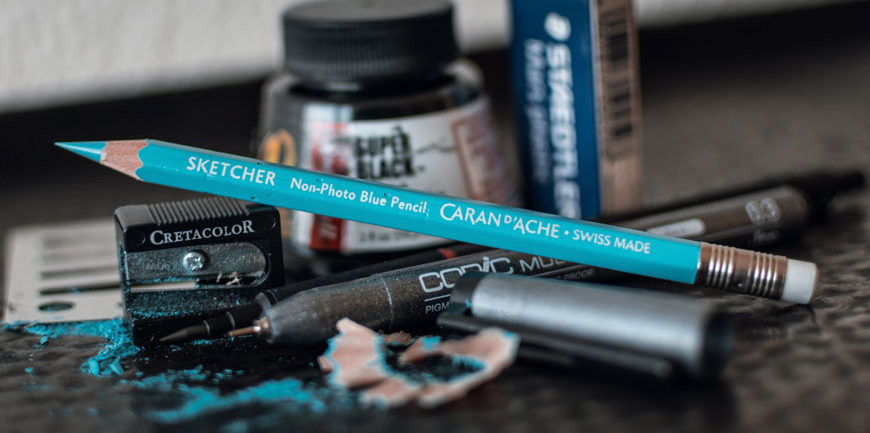
This often-neglected aspect is a key step to creating a strong foundation to build your masterpiece on. Every art form and artist has their own approach to initial planning, so we thought we’d demystify one of our favourite tools for sketching and pencilling comics and illustrations – the non-photo (or non-reproduction) blue pencil.
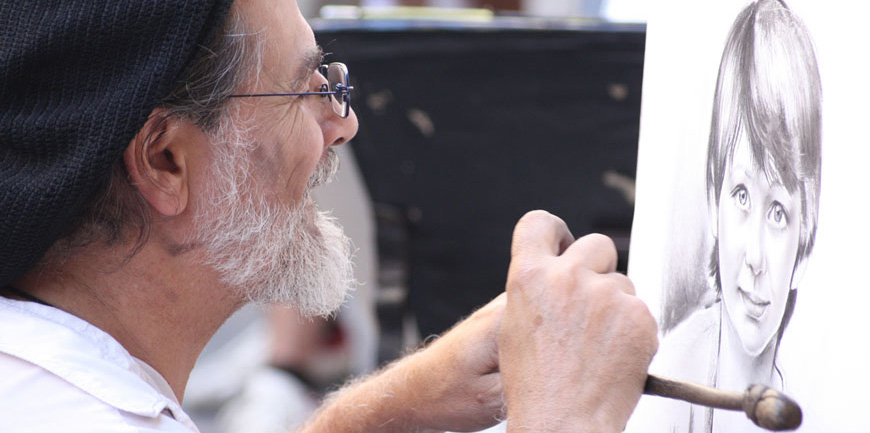
Have you ever walked past a painting or drawing that just seemed so lifelike that you felt like reaching out and touching the rich colour to see if the texture your eyes could see, would be there for your fingers to feel? There is always more to learn, but I would like to share some of my own experience with you today. While I specialise in animals and birds, this is also applicable to botanicals and portraits and many other subjects.